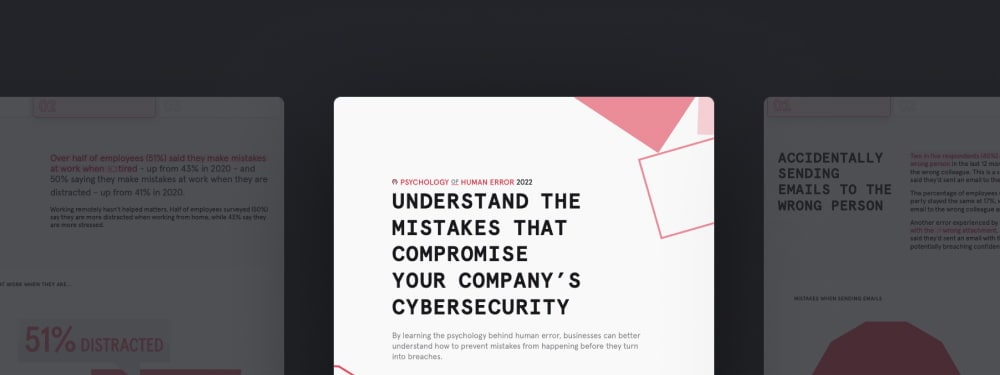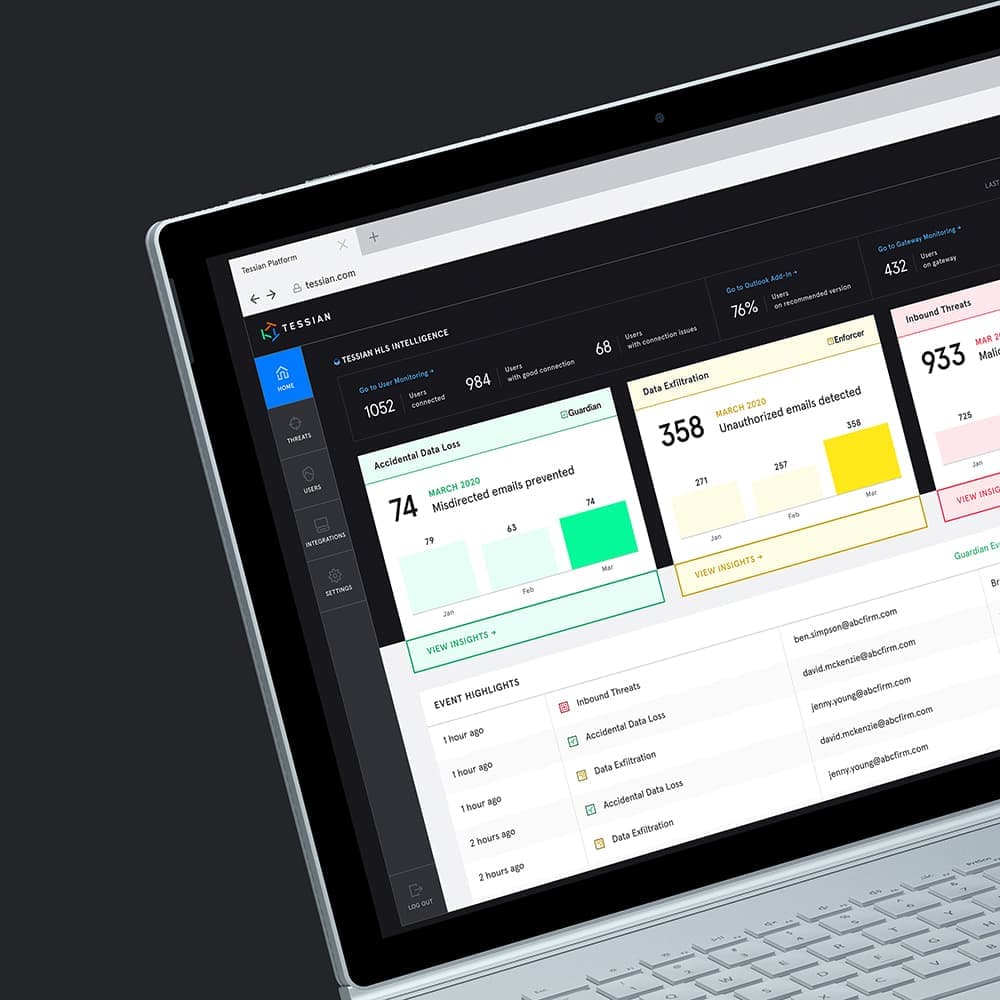CIOs, CISOs, and other IT leaders have a long list of internal and external factors to consider when putting together a cybersecurity strategy. If the ever-evolving threat landscape wasn’t challenging enough to keep up with on its own, there’s also a growing number of privacy regulations and compliance standards to satisfy and a market that’s more saturated with products than ever before.
There’s also the issue of budgets. Oftentimes, it’s difficult to measure and communicate cybersecurity ROI which means justifying security investment can be challenging, especially when most organizations are facing significant budget cuts in light of COVID-19.
Cybersecurity is, however, a business-critical function. It’s not a nice-to-have, but a must-have.
We’ve put together 3 tips to help you demonstrate the business value of cybersecurity solutions and get buy-in from your CEO.
Reframe cybersecurity solutions as business enablers
While cybersecurity has historically been a siloed department, it’s becoming more and more integrated with overall business functions.
To see how far-reaching the implications of a cybersecurity strategy are, let’s consider the consequences of a data breach:
- Lost data
- Lost intellectual property
- Revenue loss
- Losing customers and/or their trust
- Regulatory fines
- Damaged reputation
These consequences directly affect a business’s bottom line.
But, cybersecurity solutions don’t have to be limited to prevention or remediation. In fact, cybersecurity can actually enable businesses and become a unique selling point in and of itself.
With regulations like HIPAA, CCPA, and GDPR dictating how organizations handle sensitive data, your cybersecurity framework can actually support growth by being a strong competitive differentiator. By investing in cybersecurity tools and personnel and being transparent about how your organization protects data, you’ll actually bolster credibility and trust amongst prospects and existing customers and clients.
Lead with facts and figures specific to your organization
A critical aspect of communicating ROI is evidence. It’s important you come armed with the right evidence and, whenever possible, quantify the threats and the risk.
For example, you could start with the more general statistics that 90% of data breaches start on email and that misdirected emails were the number one incident reported under GDPR. Then you could use Tessian’s Breach Calculator to determine your organization’s potential exposure.
According to our data, on average, 707 misdirected emails are sent every year in businesses with 1,000 people. Referencing this specific number will make the risk more tangible and the need for a solution more urgent.
Likewise, if you’re pitching for new inbound email security solutions, a phishing simulation could help demonstrate the likelihood of a successful attack. Or, if you need to make a case for network vulnerabilities, hiring a penetration tester could help prove that there are, in fact, chinks in your armor.
Curious how many misdirected or unauthorized emails are sent in your organization? Book a demo to find out.
Engage with the larger organization
Communicating the value (and necessity) of cybersecurity measures to your larger organization isn’t easy. Not only are technical risks hard to translate across departments, but policies and procedures can often be seen as a hindrance to employee productivity.
But, if you can engage with the larger organization and create a positive security culture, you’ll have a better chance of getting buy-in from C-level executives. How?
More and more, CISOs are relying on gamification, positive reinforcement, and interactive content like videos and podcasts to promote their strategies. Whatever the method or medium, the most important thing is that risks and responsibilities – which the entire organization bears the burden of – are communicated so that everyone, regardless of department or level of seniority, can understand.
The benefits of this are two-fold. Not only will you demonstrate the value of cybersecurity via in-house evangelists, but you’ll also empower security-aware employees to become your biggest cybersecurity asset. (You can read more about the importance of empowering your people and protecting the Human Layer here.)
This, in turn, helps your overall objective to prevent data loss and data exfiltration.
Get more advice from security leaders for security leaders
Ultimately, communicating security ROI relies on translating cyber risk to business risk, and making security a guiding principle for your larger organization. This is more important today than ever with new risks and challenges related to remote-working.
Looking for more advice? We constantly update our blog with new tips and best practices around security. We also found this article: The 5-Step Framework for CISOs Starting in a New Company very helpful, especially when it comes to negotiating budgets and delegating risk owners.













